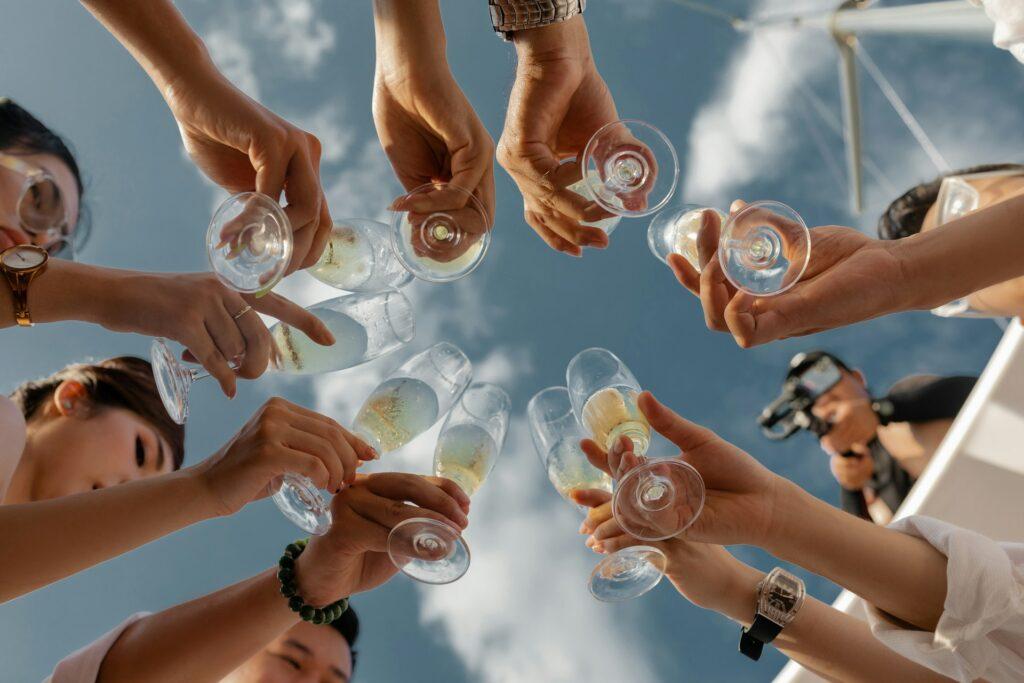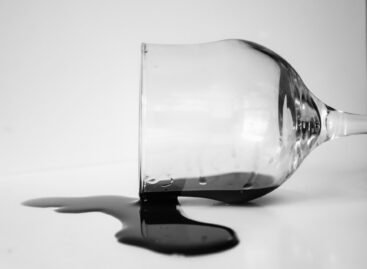The rise of alcohol-free wines: dynamic growth and domestic successes
The non-alcoholic wine market has shown significant growth in recent years, and the annual growth of the category is expected to exceed 7-10 percent in the coming years. Europe and North America continue to play a decisive role in consumption, but Asia and the Middle East, especially the markets of Muslim countries, are also showing increasing interest. The demand for non-alcoholic wines is primarily driven by trends that prioritize health awareness and moderation, writes Agrarszektor.
Growing demand for non-alcoholic wines

With the spread of a health-conscious lifestyle, more and more people are looking for alternative solutions that allow them to experience the experience of wine consumption without alcohol. Popular target groups for non-alcoholic wines include:
- Pregnant women,
- People who drive,
- Those who avoid alcohol for religious reasons,
- Those who want to avoid the harmful effects of alcohol consumption.
These consumers represent increasing purchasing power, which contributes to the rapid expansion of the category. Non-alcoholic wines are now positioned as a premium product, which is also used in social events and gastronomic experiences.
Production technology: preserving the original taste
The production of non-alcoholic wines requires advanced technological solutions to remove the alcohol while preserving the original taste and aroma of the wine. The most common processes include:
Vacuum distillation: The alcohol is evaporated at low temperatures under vacuum, minimizing the loss of flavor.
Reverse osmosis: The wine is filtered through a fine membrane, separating the alcohol, and then the water and aromatic components are mixed back into the wine, preserving the character of the wine.
These processes ensure that consumers can experience the experience of traditional wines in non-alcoholic versions.
Related news
Hungarian wine industry in danger
🎧 Hallgasd a cikket: Lejátszás Szünet Folytatás Leállítás Nyelv: Auto…
Read more >This year, 10 percent more new wine was produced than last year
🎧 Hallgasd a cikket: Lejátszás Szünet Folytatás Leállítás Nyelv: Auto…
Read more >Ipsos research: 37 percent of Hungarians would like to taste organic wine
🎧 Hallgasd a cikket: Lejátszás Szünet Folytatás Leállítás Nyelv: Auto…
Read more >Related news
KSH: industrial producer prices in November 2025 were on average 2.7 percent lower than a year earlier and 0.3 percent lower than the previous month’s prices
🎧 Hallgasd a cikket: Lejátszás Szünet Folytatás Leállítás Nyelv: Auto…
Read more >Employment at 4.5-year low
🎧 Hallgasd a cikket: Lejátszás Szünet Folytatás Leállítás Nyelv: Auto…
Read more >This is how we eat honey in 2026
🎧 Hallgasd a cikket: Lejátszás Szünet Folytatás Leállítás Nyelv: Auto…
Read more >







